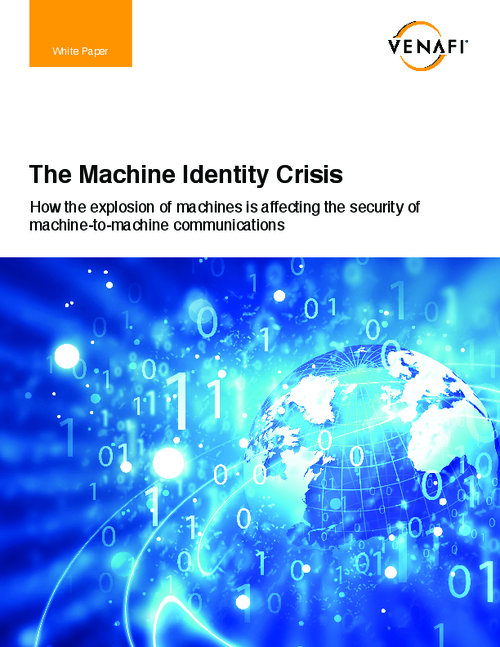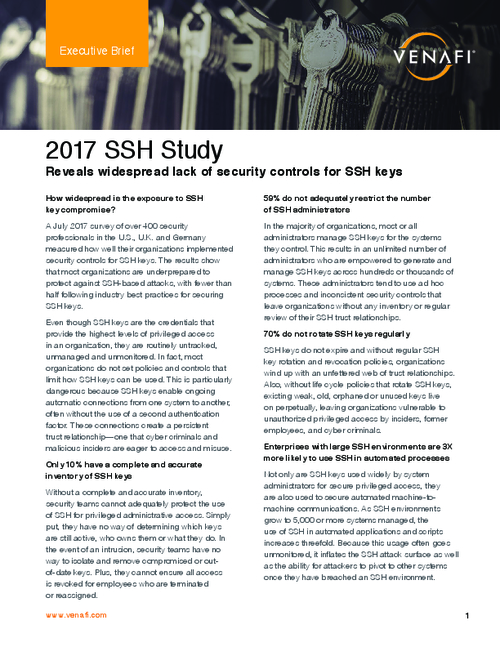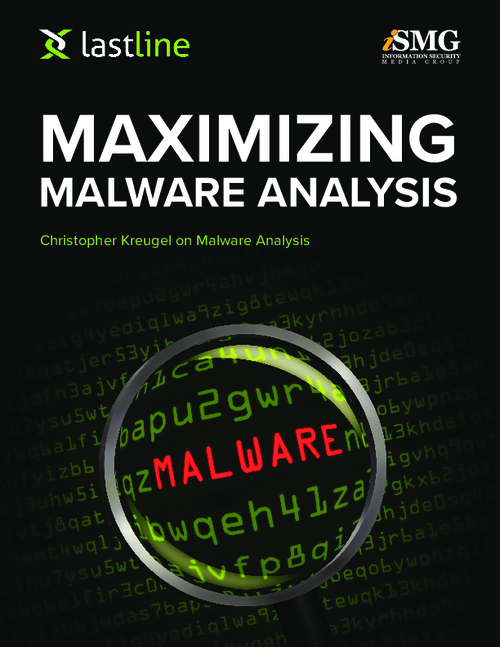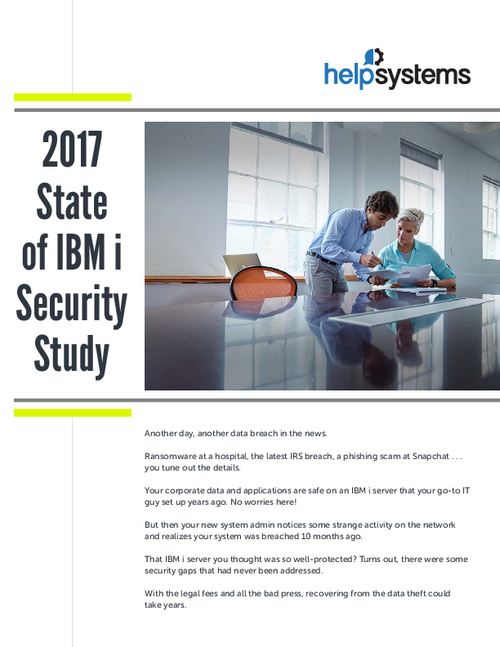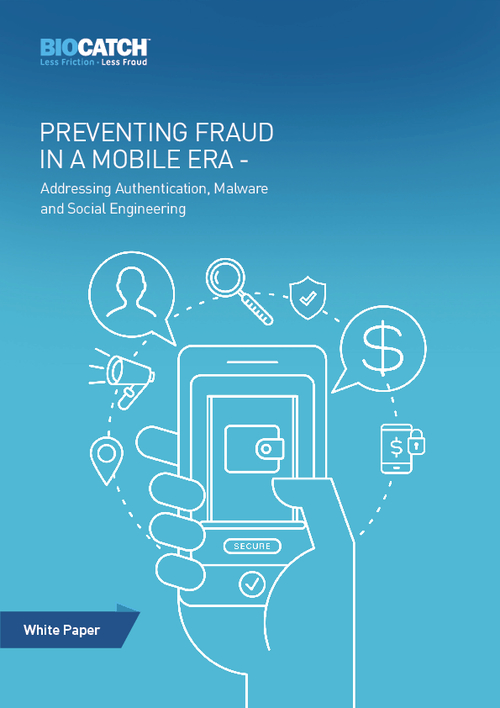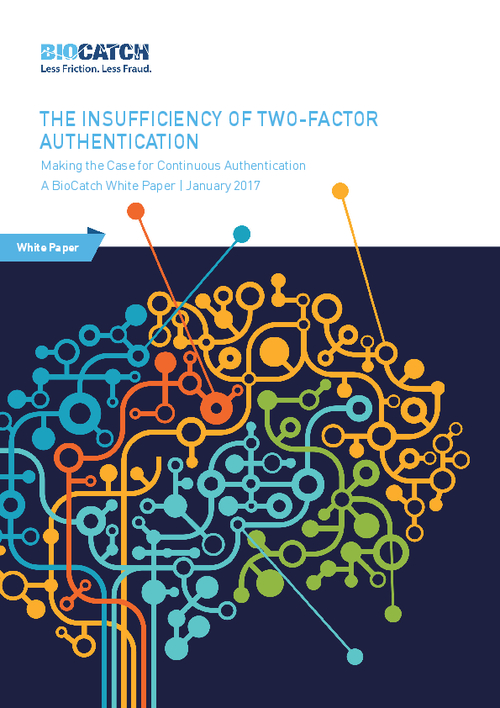The Evolution of Banking Education
In Tough Times, Banking Schools Morph to Meet the Needs of Today's Changing Landscape
Just as the banking industry has changed, so have banking schools transformed themselves to meet the new demands of today's banking leaders.
"From emphasis on theory, banking education has evolved by focusing more on hands-on learning, implementation of concepts and tools on how to run a bank and how the bank should interact with the community," says Melissa J. Cabocel, Vice President & Director, Graduate School of Retail Bank Management (GSRBM) based in Virginia.
GSRBM is one of a handful of exclusive banking schools that specialize in banking education for employees of large and community institutions. These schools usually have a 25-month program stretched over three years with a mixture of on-campus and virtual work focused on training future leaders through case simulations, core programs and electives. Although the number of banking schools remains steady, there have been other significant changes in how they conduct business:
- Enrollment is down - Because of economic conditions, most schools have experienced a decline in student numbers - especially from larger institutions. "The larger banks today are struggling to keep up the delicate balance between training emerging banking leaders and the public perception and scrutiny of their industry," says Tracy Mills in corporate communications at Consumers Bankers Association.
- Student profile has shifted - Banking professionals attending these programs are much younger and face additional pressures of learning, as well as keeping pace with what's going on in their banks. They are expected to stay on top of things even when they are on-site at school. "These professionals are much sharper and more serious about their careers in banking," says Dr. Timothy Koch, president of the Graduate School of Banking, Colorado. These students aren't just thinking about immediate career moves, instructors say. Rather, they're focused on moving ahead in upper management, becoming board members and taking up leadership roles both within their institution and the industry.
In this changing landscape, trying to attract fewer and more ambitious students, banking schools are evolving their approaches to differentiate themselves.
"We provide an intense and focused program that compliments with the current needs at these financial institutions," Koch says. The goal: to fill the gaps and help students accomplish a higher understanding of experiencing leadership firsthand with peers, while providing meaningful tools and resources to enhance both personal and organizational value. "There is no better opportunity than this," Koch says.
Eight Key Differentiators
Among the ways banking schools are trying to distinguish themselves for prospective students:
1. Customized Learning Experiences
"We provide a lot of hands on learning tools not only for the banker, but our education program is customized for the financial institution that is sending the student," says Kirby Davidson, President and CEO of the Graduate School of Banking at the University of Wisconsin-Madison. [For more on Kirby Davidson, see this podcast interview.] The students work on projects such as bank performance analysis and credit risk profile -- on their own financial institution - work that provides the bank's management with the opportunity to review its current state and operations. Often, adopt the students' suggested changes, Davidson says.
At the Graduate School of Banking in Colorado, students are given the opportunity to select the topic for their bank profile project, which is more like a thesis and requires more than 50 hours of work, says Koch. Usually the financial institution representing the student identifies the topic, and the school accordingly lines up a panel of experts to help the student pursue the project. Topics include fraud detection, contingency fund planning and meeting regulatory requirements.
2. Hands-on Learning Tools
Programs now focus on finding and utilizing financial data to analyze a banks performance, then defining that performance within an appropriate risk management framework, says Cabocel. "We teach students how to manage a bank from the top down, by bringing all the components of banking together in case simulations and projects using proprietary tools," she says.
All schools offer an interactive, competitive learning environment in which teams of students work together to run a simulated bank. Given the same balance sheet at the start of the simulation, each team makes management decisions to position the bank and compete against other banks in a community, using comprehensive case simulation study, including strategic planning, situation analysis, tactical initiatives, risk management, compliance considerations and simulated implementation of tactics in a competitive economic environment. Each team makes policy decisions daily in deposits, loans, investments and capital acquisition, weighing potential changes in the economy, banking regulations and competitors' positions.
Throughout these programs, special effort is made to enable the immediate application of concepts and tools by implementing a series of intersession projects designed to provide a practical application.
3. Updated Curriculum
Based on real-world industry demands today, the banking schools are updating their curricula frequently and incorporating electives and courses on topics such as social media and banking, IT security and risk management practices, online fraud, working with regulators and more. Also, banking schools have active advisory committees consisting of alumni, representatives from state banking associations, banking practitioners and faculty members that meet routinely and discuss the need and recommend hot topics to be included in the school's curriculum.
4. Leadership & Management
"Our goal is to enhance the performance of mid-to-upper level bank managers while preparing them for senior management responsibilities," says Davidson. Toward that end, banking education is focused on developing the next generation of bankers who are comfortable to participate in a management committee meeting while understanding the concepts being discussed. Special attention is given to developing business communication, interpersonal relationships and leadership and management skills required to effectively lead in today's banking environment, says Cabocel. Also, bank case simulation studies and projects are a good way to analyze human dynamics and leadership aptitude. As teams compete, understanding individual members in action becomes very crucial, she adds.
5. Legal and Regulatory Issues
A major result of the banking crisis is a new government emphasis on developing possible measures and new regulations to control and strengthen banks - to prevent such crippling events from happening again. Therefore, banking education focuses significantly on the legal and regulatory aspects involving regulators, regulations, laws, bank examinations and other banking-related matters. Among the topics:
- Key regulatory issues in today's environment
- Preparing for a regulatory exam
- Understanding the "bailout products" and the guaranteed temporary liquidity products available to banks through Treasury and FDIC
- Bank closing procedures
"The U.S. government is proposing a dramatic restructuring of financial regulation and now stands as the lender/guarantor of last resort for firms in many different industries," says Koch. "We offer special courses and sessions on what the consequences are and offer recommendations as to how to improve the functioning of financial institutions and markets to our students."
6. A Well-Rounded Faculty
Most faculties today include current bankers, regulators, consultants, academic researchers and practitioners with real-world banking and financial knowledge and experience. They help bring students closer to the expectations of banking leaders in the corporate world. "Through our banking classes and top-notch faculty, our objective is to provide the technical training and leadership skills needed to cultivate the next generation of community bank leaders," says Koch.
7. Student Take-Aways
Students often are entrusted with a higher role and responsibility with their financial institution after completing their banking education, says Cabocel. Bill Andryusky of SunTrust bank in Atlanta attended the Graduate School of Retail Bank Management in 2007 and was instantly promoted from supervising an operational group in direct lending to managing the entire direct lending group at the bank. He feels that this education helped him immensely in acquiring knowledge on how a bank operates and brought an appreciation for different functions and roles at a financial institution. "Applying concepts and tools learnt, building business cases, interviewing senior bank executives for projects, teaming and networking with other bankers are all true assets derived from this education, which will go a long way in defining my career," he says.
8. Value for Employers
Nicholas Blyshak, VP of Lending at Brady National Bank in Brady, Texas says that the value to a bank from this specialized education is "getting specific ideas in banking which can be taken back to the institution and applied." These schools offer a vigorous program and have customized projects that are applied to a bank's current state of operations. They involve the management in seeing where the future banking trends are. A banking-specific education helps to strengthen the basic foundation and principles of banking as well as provide a broader view of all aspects of banking to the student equipped with the ability to become a leader.
"Completion of a banking program has become a requisite to professional advancement in many banks today," Blyshak says. "For banks, this education is significant, as it trains and exposes professionals to leadership positions, broadens their scope of thinking and helps financial institutions retain good people".



